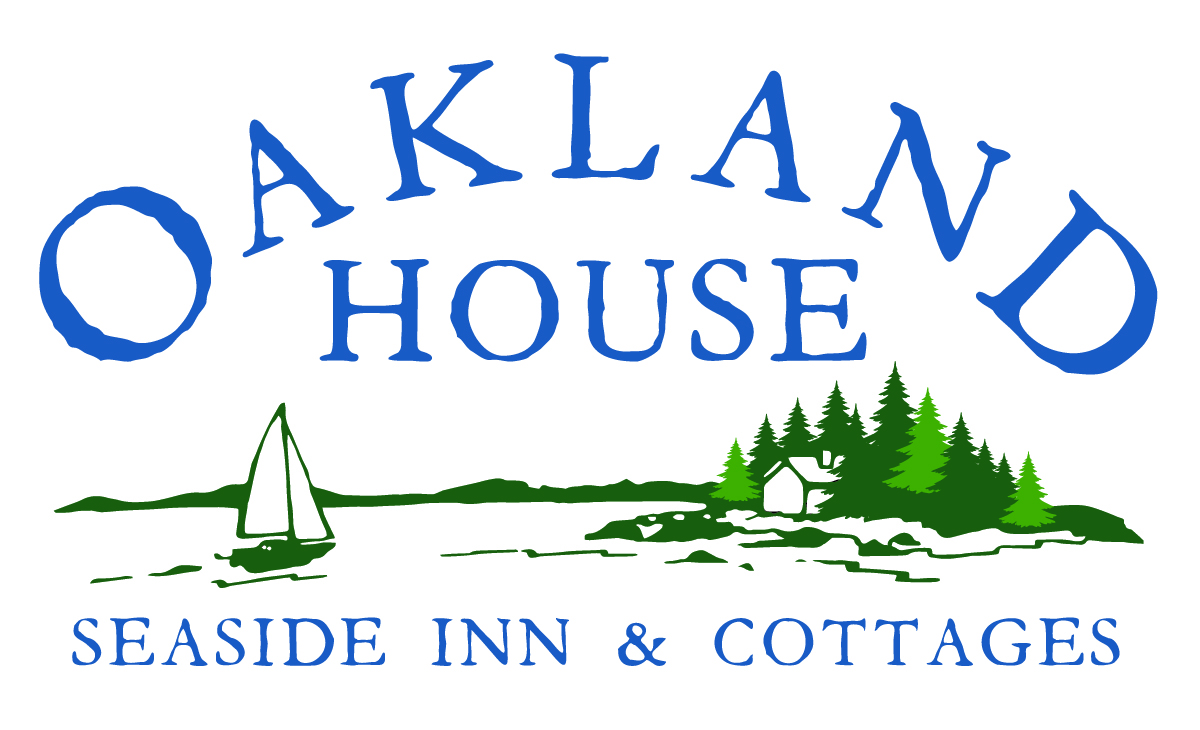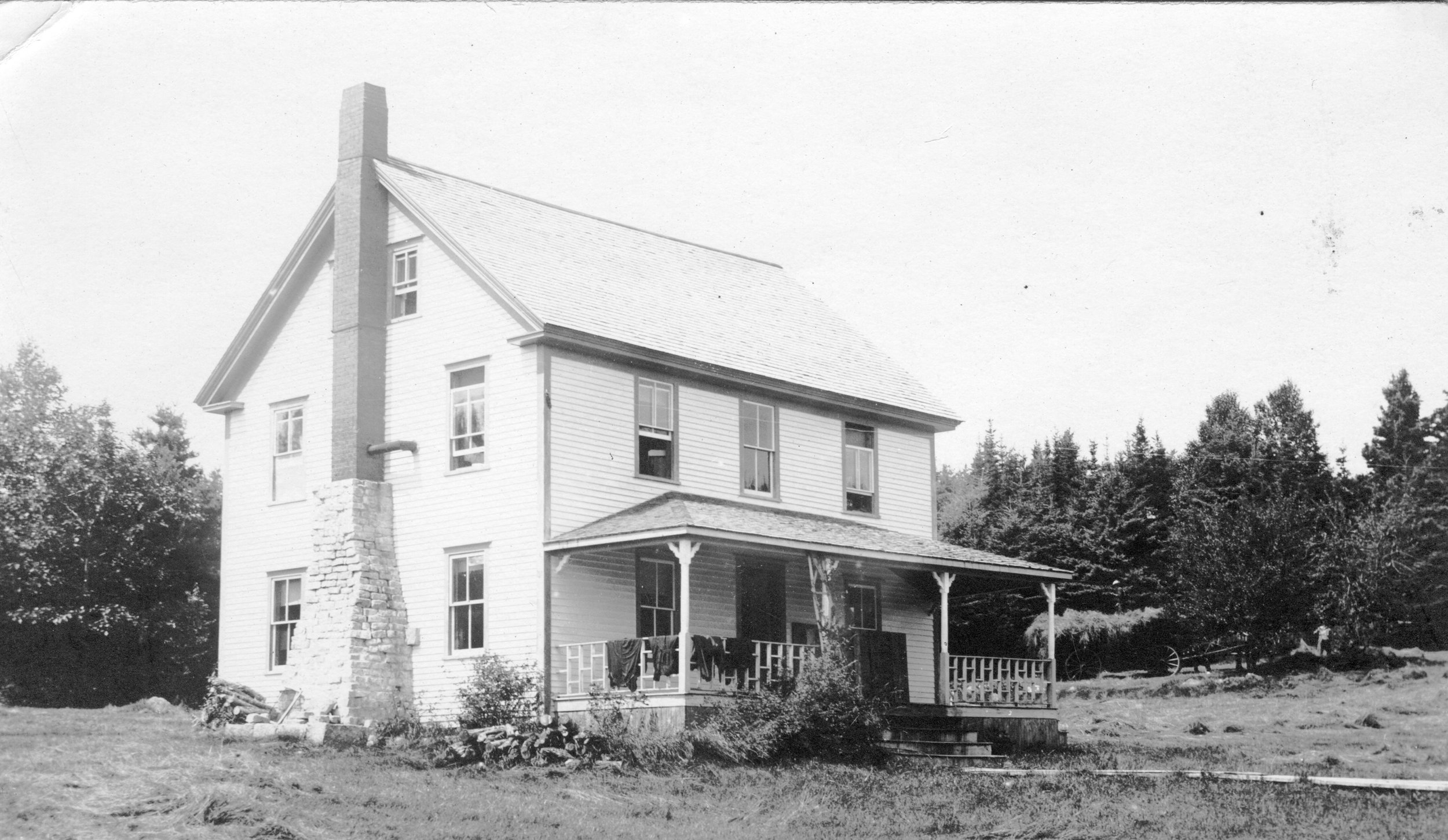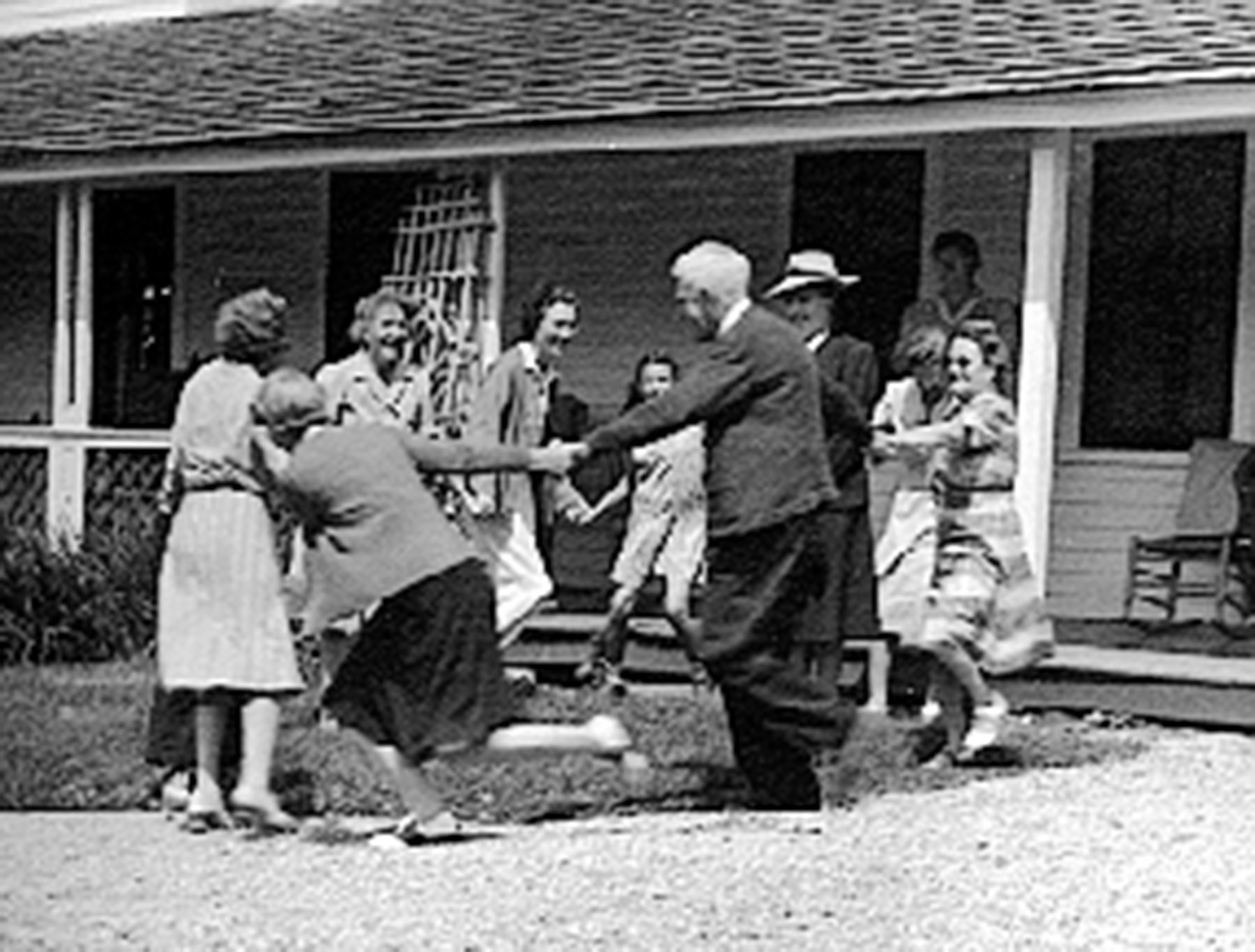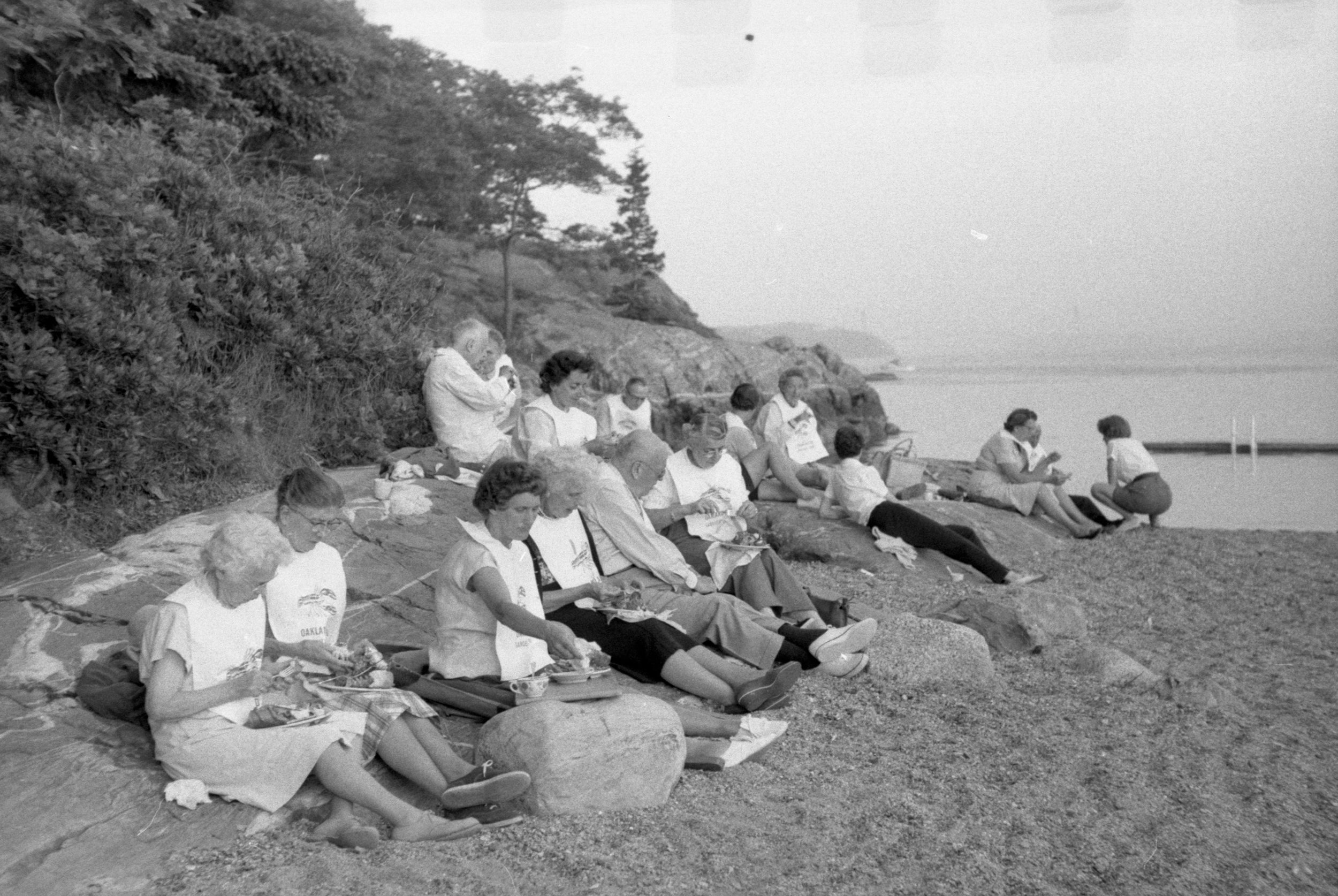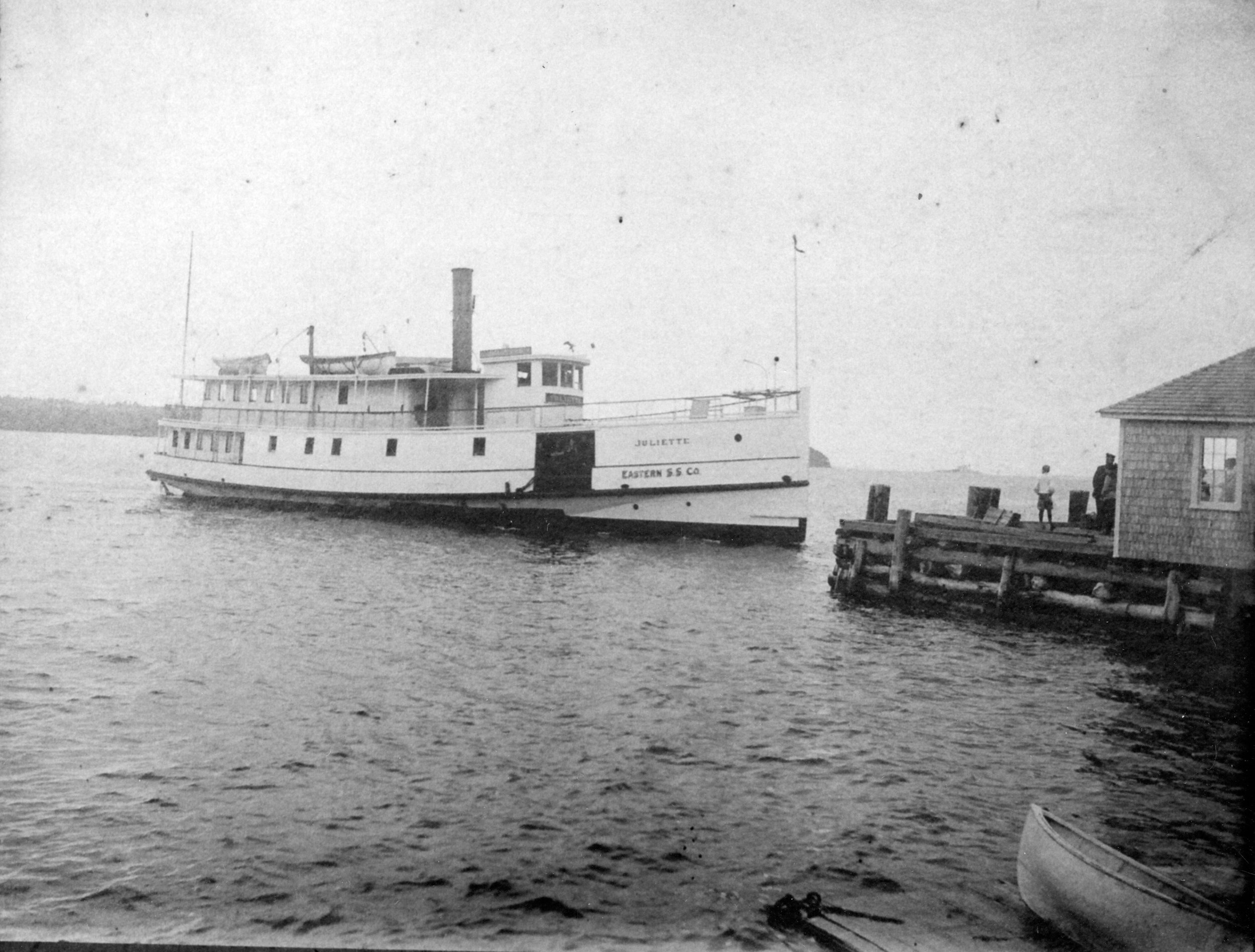History of a Maine Coast Farm and Seaside Resort
the oakland house . . . established juLy 4, 1889
The Oakland House land was an original grant by Great Britain’s King George in 1767 to John and Hannah Billings, direct ascendants by several generations of the current innkeepers, Rick and Robin Littlefield. This historic coastal acreage has always been a working property: farm, quarry, ice business, and for the past 134 years, a gracious summer colony boasting old-fashioned Maine hospitality.
While there is much to admire in the Oakland House of today, a brief understanding of the history bears appreciating. Nine years before the signing of the Declaration of Independence, the Billings broke ground for their homestead on Eggemoggin Reach, tasked by the crown with creating a community that included a farm, a church and other services necessary to settle the new country. Conditions were challenging: naval battles among nations seeking dominance took place off-shore. Add harsh winters and isolation and respect for those early settlers grows. Still, they capitalized on the resources at hand -- farmland, granite and fresh water -- and through ““Yankee ingenuity” and toughness, worked their choice acreage and maintained their hold.
1872 Emery Houghton Herrick, and his wife Flavilla Billings Herrick
In the late 1800s, retired sea captain Emery Herrick and his wife Flavilla took their turn on the family homestead and went in an entirely different direction for the coastal family property, the hospitality business we know today. By the late 1800s, traveling merchants, artists and writers brought images of Maine to the rest of the young country and it became fashionable to eschew city life for restorative vacations in its pastoral countryside.Eager “rusticators,” as they were called, flocked to growing numbers of summer colonies popping up in the U.S.’s prettiest rural escapes.
The distinctive gray granite Maine is known for was found in abundance right on the Billings’ land and a productive quarry produced quantities for building projects around the world, the towers and anchorages for the Brooklyn Bridge and several federal buildings such as the Bronx Court House in New York.
Also during this time, the Billings oversaw a productive ice-cutting business right on the property. At that time, refrigeration was achieved only by the regular supply of ice. The Billings land had access to spring-fed Lake Winnewaug (now called Walker Pond) and blocks were cut and stored in the ice house now known as the Acorn Guest House, waiting to be shipped by clipper ships to cities as close as Portland and as far away as California and China. You can still see rusty narrow-gauge tracks that made up the “ice railway,” which transported the ice down to the water and into ship’s deep holds for the long journey to customers down the coast.
The couple sold their interest in ships and some family land to fund a third story to the family home, adding the distinctive mansard-style room and sweeping veranda from which to enjoy the cool breezes rising up from the sea, and dubbed the building Oakland House. The sign welcoming guests for the first time went up July 4, 1889. Remnants of the first Herricks Landing, where steamships unloaded their eager passengers, are still visible today. Guests walked from the ocean up the sloping path through groves of oaks, hence the inn’s name, and many stayed the entire summer.
Emery and Flavilla had several children, all working in the family business. One of their direct decendants, Jim Littlefield took over the inn in 1975. Following his death thirteen years ago, wife Sally Littlefield carried on, renting the cottages and the Acorn Guest House and eventually selling the Oakland House to her cousins in January 2018. Family devotion to the Oakland House, its history and its promise for future generations, continues.
